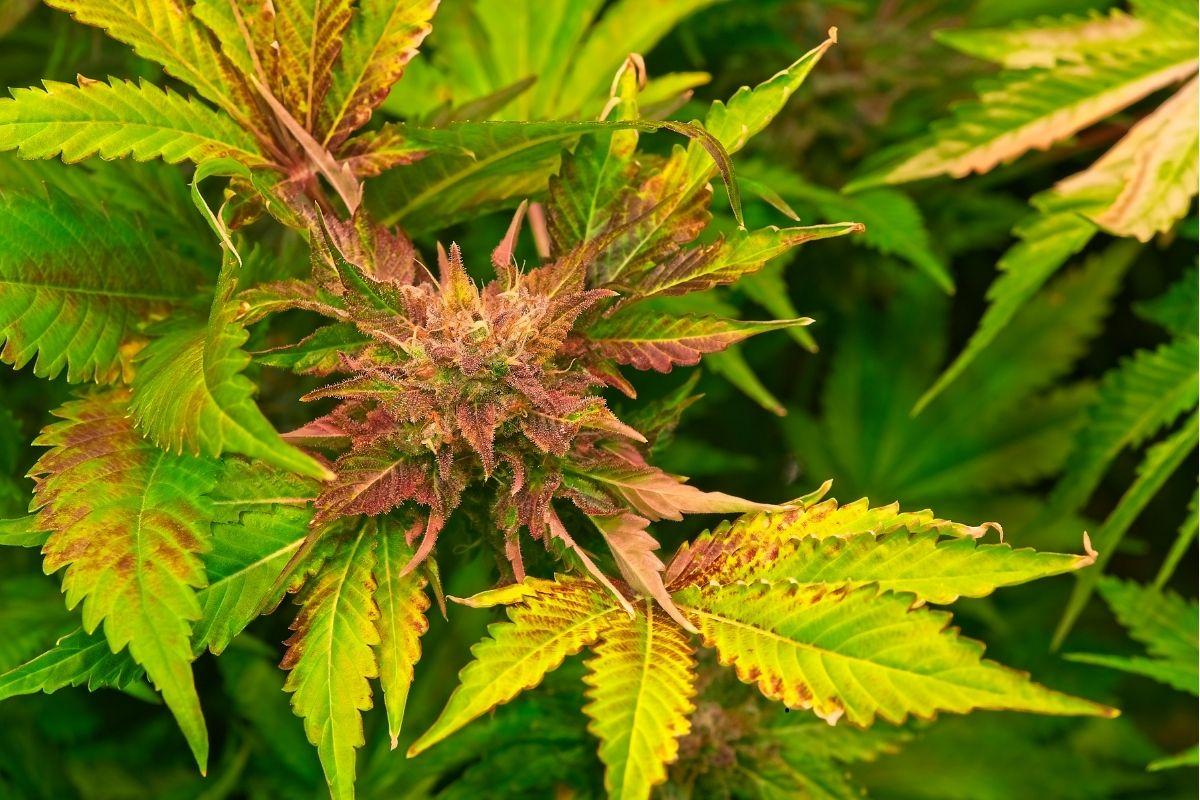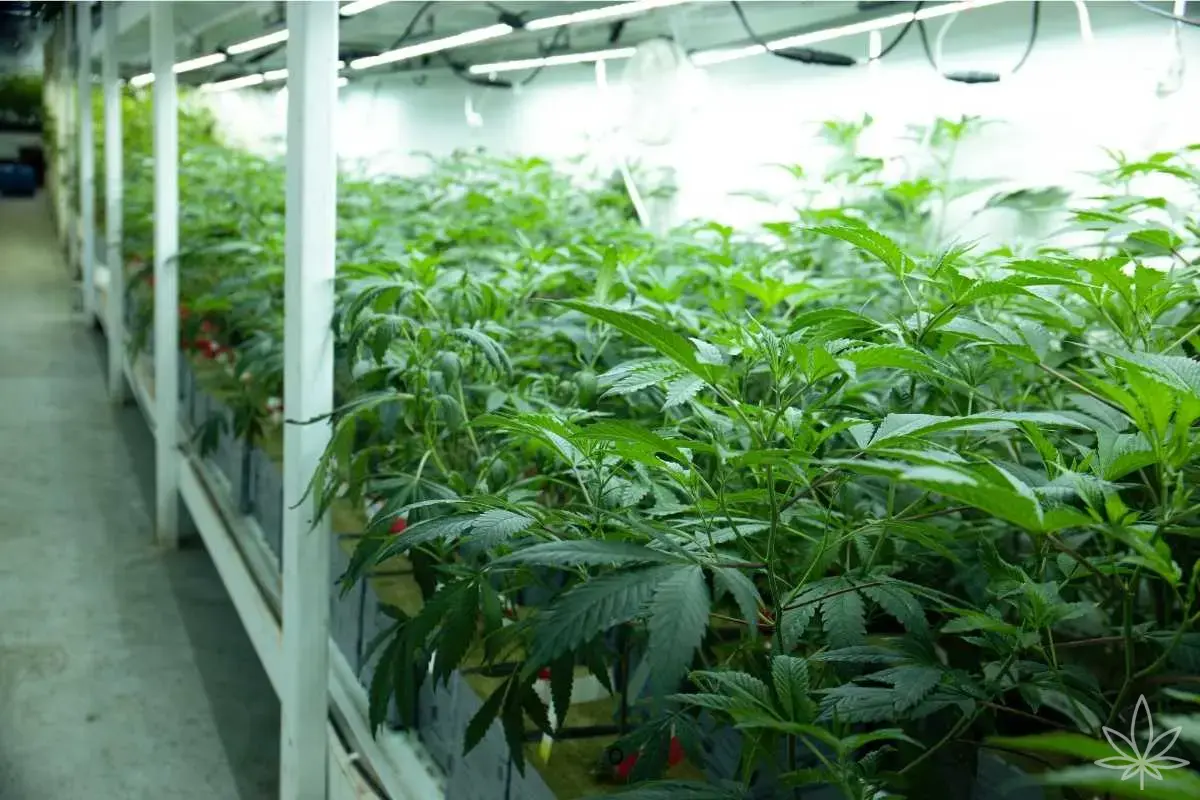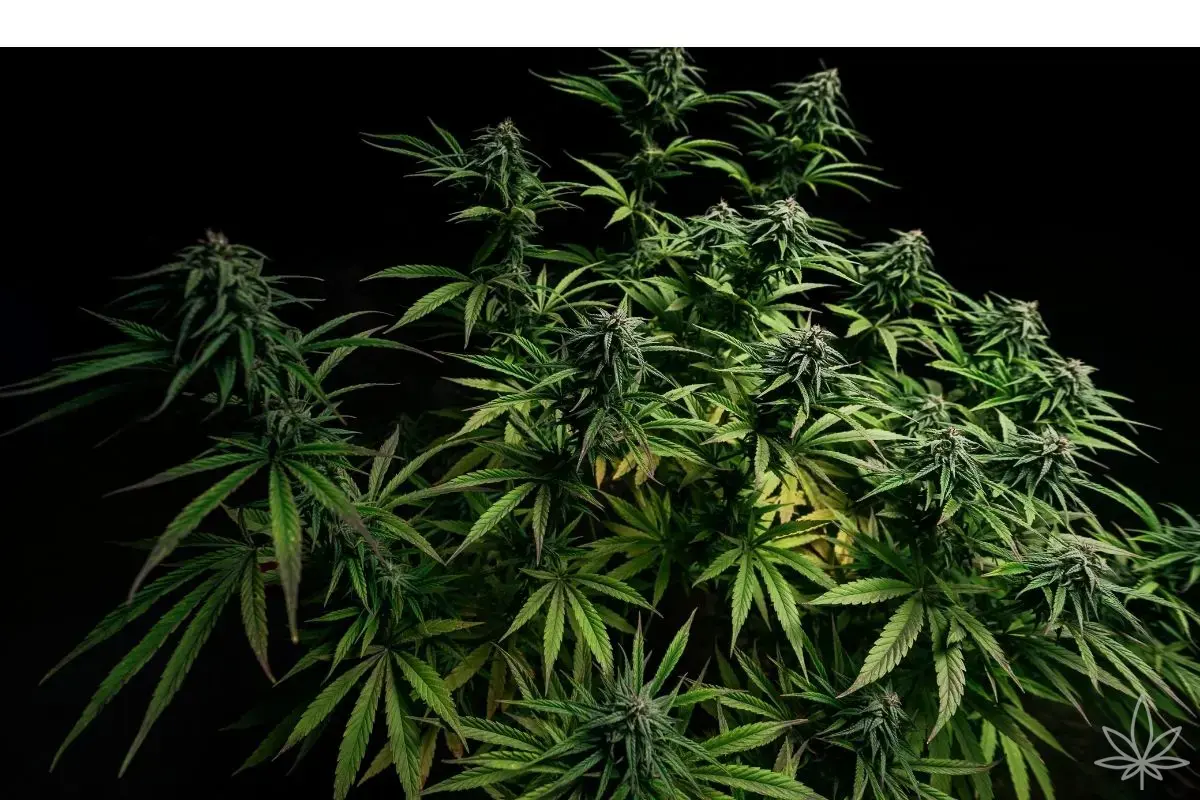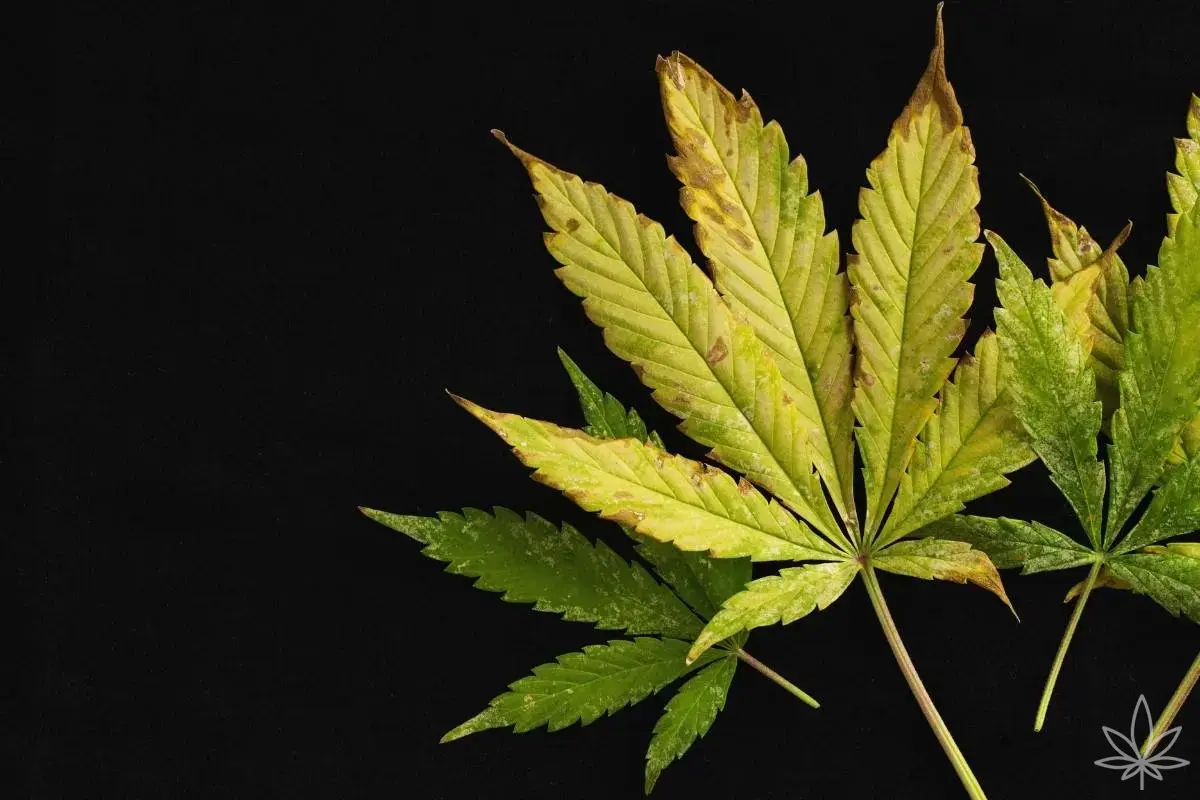Even experienced growers sometimes face nutrient deficiency issues in indoor cultivation. The key to success lies in quickly recognizing symptoms, proper diagnosis, and effective action. This article is your “roadmap” for deficiencies—you’ll learn to distinguish different problems and respond appropriately, protecting your harvest.
Basics of Plant Nutrition
Cannabis, like all plants, requires macro- and micronutrients:
Macronutrients: nitrogen (N), phosphorus (P), potassium (K), magnesium (Mg), calcium (Ca), sulfur (S)
Micronutrients: iron (Fe), manganese (Mn), boron (B), zinc (Zn), copper (Cu), molybdenum (Mo), chlorine (Cl)
A lack of any can cause characteristic symptoms, usually visible on the leaves or in the plant’s overall appearance.
Deficiency Symptoms – How to Identify Them?
1. Nitrogen (N) – Stunted growth, yellowing leaves
Symptoms: Oldest, lower leaves turn yellow first and then drop; stunted growth, smaller leaves, pale overall color.
Diagnosis: Typical in the vegetative stage. Symptoms start at the bottom and move upward.
2. Phosphorus (P) – Darkened leaves, delayed flowering
Symptoms: Purple or bluish tint to lower leaves and stems; slow growth, weak roots; buds may develop slowly.
Diagnosis: Often occurs at low temperatures or with incorrect substrate pH.
3. Potassium (K) – Burnt leaf edges
Symptoms: Brown, burnt edges on older leaves, dead spots, brittleness, leaves curl upward.
Diagnosis: Especially problematic during flowering; leads to small, poor-quality buds.
4. Magnesium (Mg) – Interveinal discoloration
Symptoms: Yellowing/whitening between the veins of older leaves, green veins remain; leaves may curl downward.
Diagnosis: Common in coco coir or hydroponic cultivation.
5. Calcium (Ca) – Brown spots, deformed new leaves
Symptoms: Small, dark spots on new leaves and growth tips, deformities, general plant weakness.
Diagnosis: Occurs with too soft water or improper pH.
6. Iron (Fe) – Yellowing of young leaves from the center
Symptoms: The youngest leaves (tips) turn yellow, starting between the veins, veins remain green.
Diagnosis: Very similar to magnesium deficiency, but starts on the newest growth.
7. Manganese (Mn), Boron (B), Zinc (Zn), Copper (Cu), Molybdenum (Mo) and other micronutrients
Common symptoms: Stunted growth, leaf distortions, chlorosis (yellowing), necrosis (dead spots), twisted or deformed leaves, sometimes unusual colors (e.g., deep purple, gray).
Key Diagnostic Tips
Identify where the problem starts: Lower leaves = mobile nutrient (N, Mg, K). Upper leaves = immobile (Fe, Ca, B).
Consider progression speed: Deficiencies develop over days to weeks. Toxicities tend to be sudden and severe.
Check substrate pH: Most deficiencies are caused by incorrect pH, even with sufficient nutrients.
Compare parts of the plant: Systemic symptoms = macronutrient; local symptoms (growing tip, leaf blades) = micronutrient.
Common Causes of Deficiencies
Too low or too high substrate/water pH (lock-out)
Overwatering or root drying
Excess fertilizer/salts causing antagonisms between elements
Water that is too hard or too soft (wrong Ca/Mg ratio)
Poor-quality fertilizers or lack of micronutrients in the formula
What To Do in Case of Deficiency?
Check pH of substrate/water (soil: 6.0–7.0, hydro/coco: 5.5–6.2)
Flush the system in case of lock-out
Use specialized fertilizers for the specific growth stage, ensuring micronutrient supply
Maintain optimal humidity and temperature
Monitor for improvement in new growth—existing leaf damage won’t reverse, but new leaves should be healthy
Avoid over-fertilizing—excess can cause lock-out, mimicking deficiencies!
Fast Symptom Table
| Nutrient | Where symptoms appear | Typical symptoms | Solution example |
|---|---|---|---|
| Nitrogen (N) | Lower leaves | Yellowing, leaf drop | Universal/grow fertilizer |
| Phosphorus(P) | Lower leaves, stems | Darkening, purplish tint | Bloom fertilizer, check pH |
| Potassium(K) | Old leaf edges | Brown “burns”, brittleness | PK supplement, adjust humidity |
| Magnesium(Mg) | Between veins, old leaves | Discoloration, leaves curl down | Epsom salt (MgSO₄), adjust pH |
| Calcium (Ca) | Young leaves | Spots, deformities, weak tips | Add Ca/Mg, improve watering |
| Iron (Fe) | Young tops | Interveinal yellowing | Fe-chelate, correct pH |
| Zinc/Boron | Growth tips | Stunting, deformations | Micronutrient supplement |
Summary
Diagnosing deficiencies requires theory and practice. Beginners should monitor leaves, spot symptoms, regularly check pH, and use balanced fertilizers. Quick action and identification mean your plants won’t suffer and will reward you with healthy yields!







